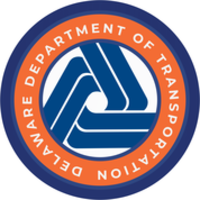North Bethany Bicycle & Pedestrian Corridor Study
North Bethany Bicycle & Pedestrian Corridor Study
The purpose of the North Bethany Bicycle and Pedestrian Corridor Study is to evaluate alternatives to provide low-stress bicycle and pedestrian facilities along SR 1 between Bethany Beach and the Indian River Inlet Bridge, and to develop a conceptual design and cost estimate for a recommended alternative. These concepts will be developed based on the public feedback received to date and the results of the existing conditions assessment. The potential alternatives may include recommendations for traffic calming, median crossover closures/consolidations, shared use path(s), protected bike lanes, dedicated right-turn lanes, sidewalks, and crossing improvements.
This study will build on the preliminary analysis conducted in spring 2023. As a result of the preliminary analysis, DelDOT will be installing three new pedestrian crossings with Rapid Rectangular Flashing Beacons at locations along SR 1.
The final report is under development and will be posted here once it is available. In the meantime, please referf to the June '25 Workshop tab for an overview of the final recommendations. Final public survey results will be documented in the report.
Through ongoing community engagement efforts and technical analysis, DelDOT has developed recommendations to improve safety for all road users along SR 1 between the southern limits of the Indian River Inlet Bridge and Fred Hudson Road. As a result, DelDOT implemented a permanent reduced speed limit on this section of roadway in April 2025. To assess the efficacy of the reduced speed limit, DelDOT has placed traffic data collection equipment along the SR 1 corridor to collect vehicle speeds from February 2025-May 2025 to showcase conditions with the initial speed limit and the reduced speed limit; the monitoring reports detailing this can be found below. Speed data, along with crash data, will be monitored monthly up to April 2026 (one year after implementation of the reduced speed limit).
Monthly reports that include updated speed and crash data will be posted on this page for public review.
Project Contact Information
Email: nbethanycorridor@PublicInput.com
